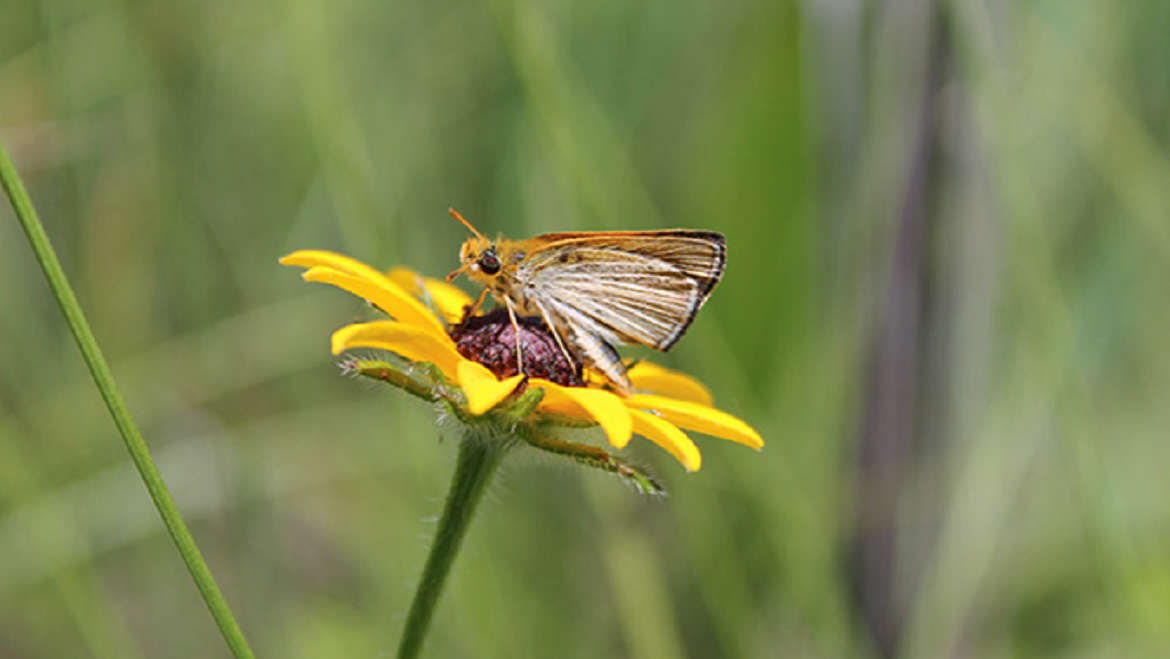The North American upper Midwest was once a vast tall-grass prairie. Oceans of head-high prairie grass covered the horizon and sequestered vast amounts of carbon in root systems, many extending many meters below the surface. Streams and lakes were protected from excessive soil runoff. Groundwater was pristine. Entire ecosystems of birds, butterflies, buffalo, and big carnivores lived in symbiotic balance.
Such a vision of environmental health extends into the collective memory and imagination of countless interdependent ecosystems across our planet. The Great Barrier Reef, Amazon rainforest, sub-Saharan Maasi Mara savannah, and the Sundarbans mangrove forest of Bangladesh and India are but a few examples of this priceless beauty and diversity. And within this complexity, specific species act as signallers of growing risk, not just for the ecosystems, but for the human health on which it is dependent.
Coming back to the North American Prairie, one such example of a genus trying to tell us something is the prairie butterfly—specifically, a species heavily dependent on the carbon-sequestering and water-protecting grasses. This species is called the Poweshiek skipperling, pictured below in its native habitat:

Picture credit: Minnesota Zoo
Erik Runquist, butterfly conservation biologist at the Minnesota Zoo, explains that “the orange and brown Poweshiek skipperling, formerly one of Minnesota’s most common prairie butterflies, is now nearly extinct. Fewer than 500 may remain in the world“.
And there are other examples of these fragile creatures in trouble in the upper Midwest, including the Blue Karner butterfly and the Dakota skipper (pictured below).

Picture credit: Minnesota Zoo
Mr Runquist explains that prairie once covered about 33% of Minnesota and it shaped our history. Only 1% of that original prairie remains. Many animals and plants that need prairie have declined or vanished. Habitat loss is the major cause, but some have declined rapidly for other poorly understood reasons in recent years. Butterflies are like “canaries in a coalmine”, indicating prairie health because of their sensitivity to changes in their habitats.”
Alongside the decline of these delicate species, we are seeing increasing signs of environmental stress, particularly in the form of water risk. Groundwater contamination from heavily farmed regions which used to be prairie is an increasing concern. Loss of topsoil running into rivers and streams, eventually spilling into the “dead zone” in the Mississippi river delta downstream, are all prominent signals. Mr Runquist summarises that “these emerging environmental risks correlate with the decline of these species and the habitats on which they depend. We must take notice of what these delicate creatures are telling us, and act to save what remains of these crucial messengers while we can.”
And to save them, Mr Runquist and his team at the Minnesota Zoo, like many zoos across the world, are creating temporary safe habitats for endangered species, hoping one day to reintroduce them to restored ecosystems.
“The zoo is creating the world’s first and only rearing and breeding programmes for these butterflies to help save them from extinction. Zoo biologists study wild populations of prairie butterflies to assess their status and the threats they face. They also study their genetics to aid breeding efforts and preserve species that can someday be reintroduced into the ecosystems we need and love,” says Mr Runquist. “Saving these butterflies absolutely depends on partnerships though, and the work of the Minnesota Zoo is one part of larger effort. We are proud to work with a stellar international group of agencies, non-profits, and researchers.”
World Environment Day is a day to remember that we are a part of, and dependent on, the natural environment. We are custodians of its beauty. We thrive and decline with it. Preserving the delicate sentinels of its health demonstrates our own degree of wisdom and resilience to survive and thrive.
The views and opinions expressed in this article are those of the authors and do not necessarily reflect the views of The Economist Intelligence Unit Limited (EIU) or any other member of The Economist Group. The Economist Group (including the EIU) cannot accept any responsibility or liability for reliance by any person on this article or any of the information, opinions or conclusions set out in the article.




